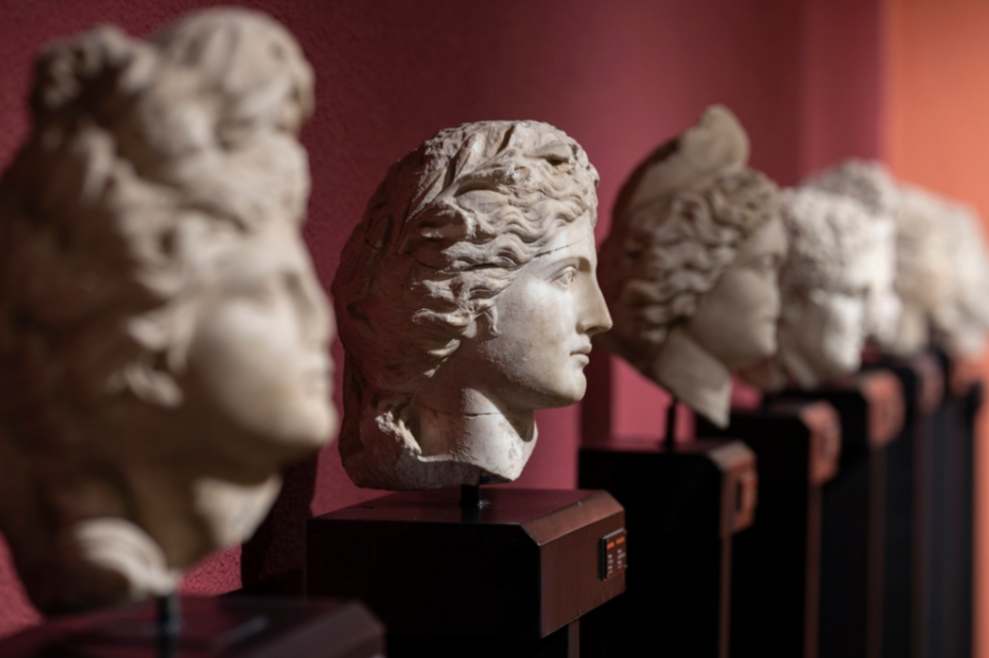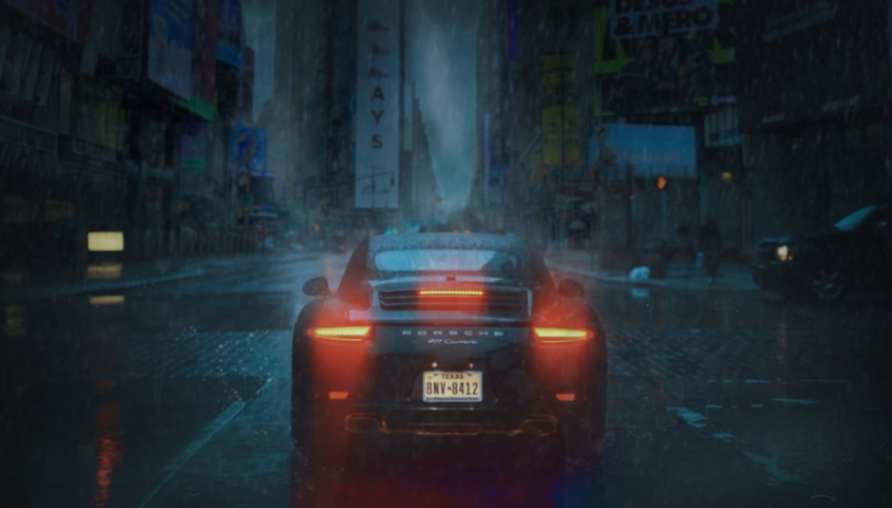Chagaras evokes a sense of mystery and wonder, drawing us into the rich tapestry of folklore and mythology where these enigmatic beings reside. Across cultures and ages, the Chagaras have been depicted in various forms, each with unique attributes and stories. This article delves into the origins, characteristics, and cultural significance of the Chagaras, exploring how these mythical creatures have captivated human imagination for generations.
Origins and Mythological Roots
Ancient Beginnings
The concept of Chagaras can be traced back to ancient civilizations, where they were often depicted as mystical beings with supernatural powers. While their exact origins are shrouded in mystery, many believe that the Chagaras were first mentioned in early Mesopotamian and Babylonian texts. These ancient stories described the Chagaras as guardians of sacred knowledge and powerful protectors of nature.
Cultural Variations
As the tales of Chagaras spread across different regions, various cultures adapted these mythical beings to fit their own narratives and beliefs. In Greek mythology, Chagaras were often portrayed as wise and benevolent creatures that guided heroes on their quests. In contrast, Celtic folklore depicted them as elusive and mischievous spirits that inhabited the dense forests and enchanted glades of the ancient world.
Evolution Through Time
Over centuries, the portrayal of Chagaras evolved, with each era adding its own layer of interpretation. During the Middle Ages, they were often depicted in illuminated manuscripts as creatures of both light and darkness, symbolizing the duality of nature. Renaissance artists and writers further romanticized the Chagaras, depicting them as ethereal beings with an almost divine presence.
Characteristics and Attributes
Physical Appearance
The physical depiction of Chagaras varies widely across cultures and artistic representations. Commonly, they are described as humanoid in shape but with distinctive features that set them apart from humans. These features often include elongated limbs, shimmering skin, and eyes that reflect the depths of ancient wisdom. Some legends describe them with wings or other fantastical attributes, emphasizing their otherworldly nature.
Powers and Abilities
Chagaras are often endowed with a range of supernatural powers. These can include the ability to manipulate natural elements, such as controlling the weather or commanding animals. Many stories also attribute them with the gift of foresight, allowing them to predict future events and guide humans with their wisdom. In some traditions, Chagaras are said to possess healing abilities, capable of curing ailments and bringing life to barren lands.
Symbolism and Meaning
The Chagaras’ attributes and abilities are rich in symbolic meaning. They often represent the interconnectedness of all living things and the balance between human civilization and the natural world. Their wisdom and foresight symbolize the importance of knowledge and learning, while their protective nature underscores themes of guardianship and stewardship of the earth.
Cultural Significance
Guardians of Nature
In many traditions, Chagaras are seen as guardians of nature, protecting the forests, rivers, and mountains from harm. They are often invoked in rituals and ceremonies meant to honor and preserve the natural world. This role as protectors highlights the deep respect and reverence that many cultures have for the environment and its creatures.
Guides and Mentors
Chagaras frequently appear in myths as guides or mentors to human protagonists. They provide wisdom, aid, and sometimes magical items to help heroes overcome their challenges. This aspect of the Chagaras underscores the value placed on guidance and mentorship in human societies, reflecting the belief that wisdom from otherworldly beings can lead to personal growth and success.
Spiritual Intermediaries
In some cultures, Chagaras are considered intermediaries between the human world and the divine or spiritual realms. They are often depicted as messengers who convey the will of the gods or spirits to humans, acting as a bridge between the earthly and the sacred. This role highlights their importance in spiritual and religious practices, where they are seen as conduits for divine knowledge and guidance.
Chagaras in Modern Culture
Literary Representations
The Chagaras continue to inspire modern writers and storytellers. They appear in fantasy novels, graphic novels, and even science fiction stories, often reimagined to fit contemporary themes and settings. These modern representations keep the legends of the Chagaras alive, introducing them to new generations and ensuring their place in the cultural imagination.
Artistic Depictions
Artists have long been fascinated by the Chagaras, depicting them in various mediums, from paintings and sculptures to digital art. Contemporary artists often blend traditional elements with modern aesthetics, creating unique and captivating images of these mythical beings. These artistic depictions continue to evolve, reflecting changing perspectives and artistic trends.
Popular Media
Chagaras have also found their way into popular media, including movies, television shows, and video games. They are often portrayed as mystical and powerful characters, adding depth and intrigue to fictional worlds. Their presence in popular media ensures that the legends of the Chagaras remain relevant and engaging in today’s digital age.
The Enduring Legacy of Chagaras
The Chagaras are a testament to the enduring power of myth and folklore. Their stories have transcended time and culture, adapting to new contexts while preserving their core attributes and significance. As symbols of wisdom, guardianship, and the mystical connection between humanity and nature, the Chagaras continue to inspire and captivate.
In a world increasingly disconnected from nature, the legends of the Chagaras remind us of the importance of respecting and protecting our environment. They also underscore the value of wisdom, guidance, and the pursuit of knowledge. As we look to the future, the Chagaras will undoubtedly remain a powerful and enchanting presence in the collective imagination, guiding us with their timeless wisdom and otherworldly grace. Read More


